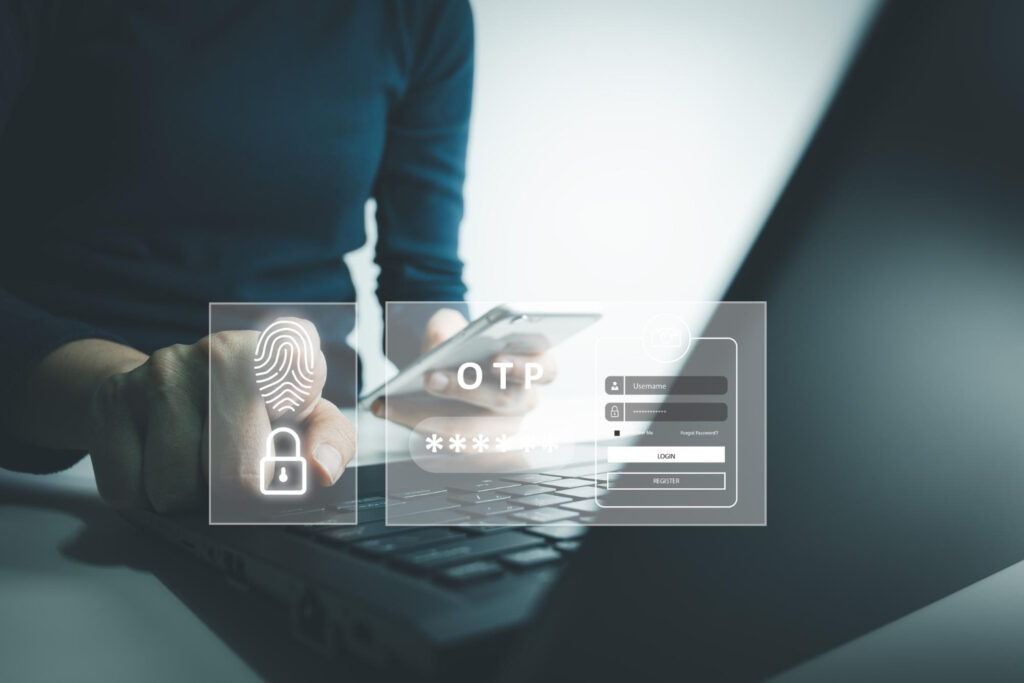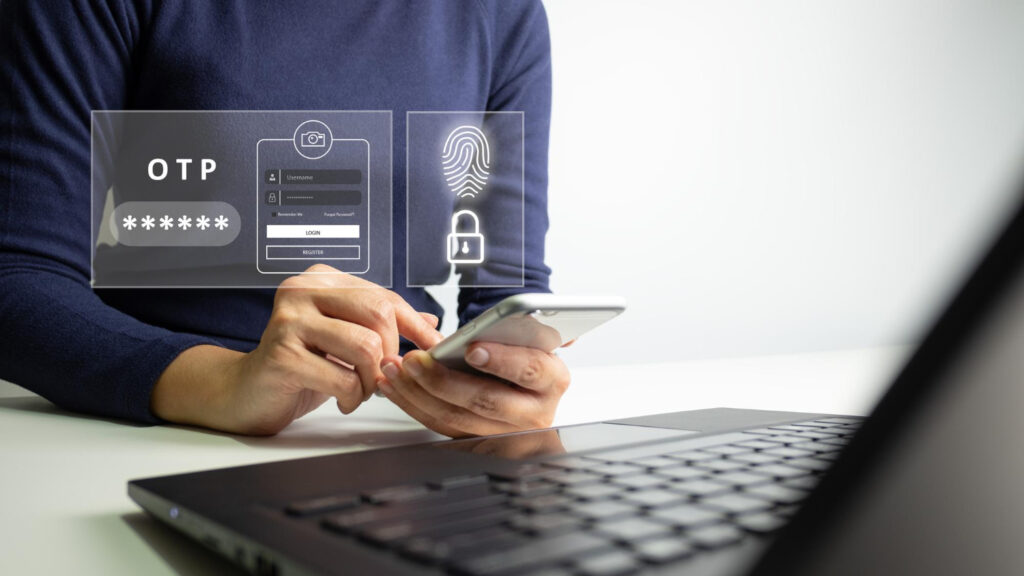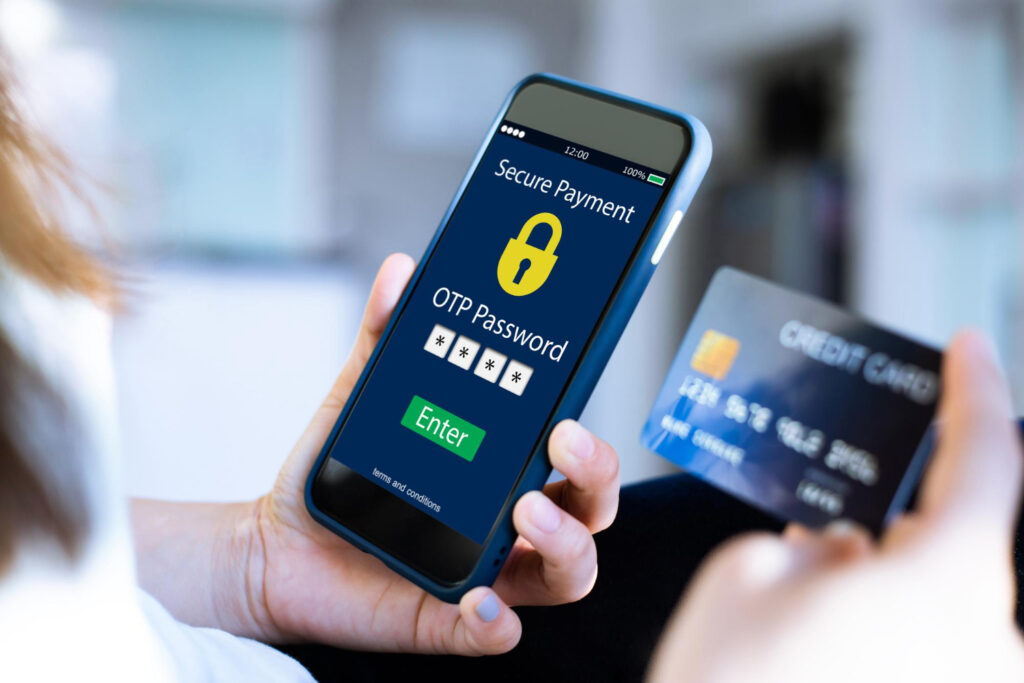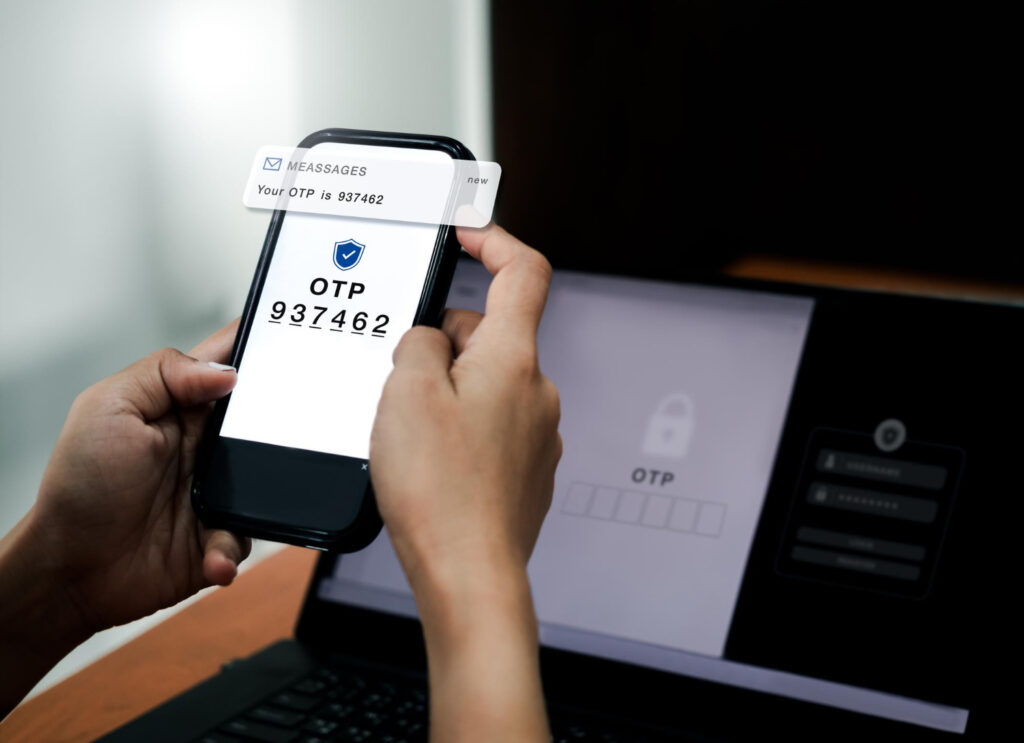Safeguarding sensitive information is paramount, and there is one tool to ensure your safety: One-Time Password (OTP). This unique, time-limited code for each login attempt offers an extra protection layer against unauthorized access.
Ready to access your account seamlessly and safely? Stay tuned to this article as we discuss OTP, from its benefits to how it works!
What is a One-Time Password (OTP)?

An OTP is a string number or characters—typically 4 or 6 digits—delivered to you via SMS, phone, email, or voice message. It is used as a single login credential to access your online account or perform a transaction, ensuring that only the appropriate user is accessing the system.
OTP usage includes online banking, online shopping, password recovery, mobile wallets, travel bookings, access control, Two-Factor Authentication (2FA), and more.
What are the Benefits of OTPs?

In essence, OTPs build an additional wall of security to your account. Here are other benefits of OTPs:
Forgotten Passwords
OTPs let you reduce the frantic searches for forgotten passwords—especially if you’re not using a password manager. Click the Forgot Password button on a site you’re accessing, and the code will swiftly be sent to your phone. Then, you can reset your password immediately.
Multi-factor Authentication (MFA)
OTPs often serve as the second factor in MFA. Even if someone knows your regular password, they won’t get far without the OTP.
Replay Attacks
OTPs are generated on the fly, making them unpredictable. Unlike static passwords, which remain the same, OTPs evolve with each login attempt. They have a short lifespan and expire once used. This time sensitivity prevents hackers in a replay attack from reusing intercepted codes from the previous username and password.
How does a One-Time Password Work?

As mentioned earlier, users generally request OTPs to prove their identity or to proceed with a transaction. Here’s how they work:
- Users requested OTPs to be sent via SMS, voice message, email, or push notification.
- OTPs are generated using algorithms and cryptographic hash functions and will change after a specific interval (usually a few minutes).
- Users use the OTPs to proceed with their activity.
What are the Types of OTPs?

There are two OTP types: time-based and hash-based OTPs. Check out the differences!
Time-based OTP (TOTP)
Like their name, a time-based One-Time Password is limited to a certain period, usually 30 to 60 seconds. If a user fails to enter the sent OTP within the time frame, the code will expire, and they must request a new one.
Hash-based OTP (HOTP)
Unlike TOTP, hash-based OTPs are based on a counter value that increments with each use. Each time the HOTP is requested and validated, the moving factor increments, ensuring uniqueness for every code generated.
When will I Get a One-Time Password?

You will get an OTP after requesting it from the server for one login session or a transaction. Upon receiving it, you need to enter the code immediately and correctly.
One-Time Password Examples

As previously stated, there are several platforms for sending an OTP, from voice messages to emails.
SMS Message
To verify identity, users can request an OTP using an SMS-based method—it’s the most common method. Users input their mobile number, prompting the system to generate the One-Time Password and deliver it to their number through a text message. The user then submits this OTP on the website or app, where the system validates it, granting access or completing the action upon a match.
Voice Message
Some services offer OTP delivery through automated voice calls instead of SMS. Users are prompted to input their phone number, after which the system generates and sends a unique OTP to their registered number. The user then receives a call in which a recorded voice communicates the OTP, providing a valuable alternative for users with visual impairments.
Another option to verify a user’s identity is to use their email account. When verification is needed, a unique, temporary OTP is emailed to the user’s registered address. The user must then enter this OTP on the website or app to confirm their identity. This method relies on the premise that only the legitimate account holder has access to their email, thereby safeguarding against unauthorized access or fraud.
Push Notification
Instead of relying on SMS or email, this approach sends a unique, time-sensitive OTP via a notification to the user’s registered device, like a mobile phone or a tablet. Authentication can be swiftly achieved by manually inputting the OTP into the application or, in certain instances, by simply tapping on the notification for automatic verification.
Frequently Asked Questions
Are there any one-time password limitations?
OTPs boost security but face limitations like delivery delays, interception risks, user inconvenience, and costs. They can also be less accessible for some users, prompting the use of multi-factor authentication to address these limitations.
Why is a One-Time Password safe?
OTPs are safe due to their being unique, time-limited, and directly sent to the user to authenticate them. They add a crucial layer of protection against unauthorized access and fraud.
How are OTPs provided to users securely?
OTPs are securely delivered to users through encrypted channels, dedicated apps, biometric verification, secure notifications, and out-of-band authentication, ensuring safe transmission and reducing interception risks.
Conclusion
One-Time Password (OTP), with its unique, time-limited characteristic, provides a robust cybersecurity guard for your online account, whether you’re a big enterprise, a small business, or an individual. It ensures you’re the only one who can access your account and reduces the chance of attackers gaining malicious access to conduct a data breach.
If you want to know more about OTP and how it can benefit your business, contact Fluxgate now!
